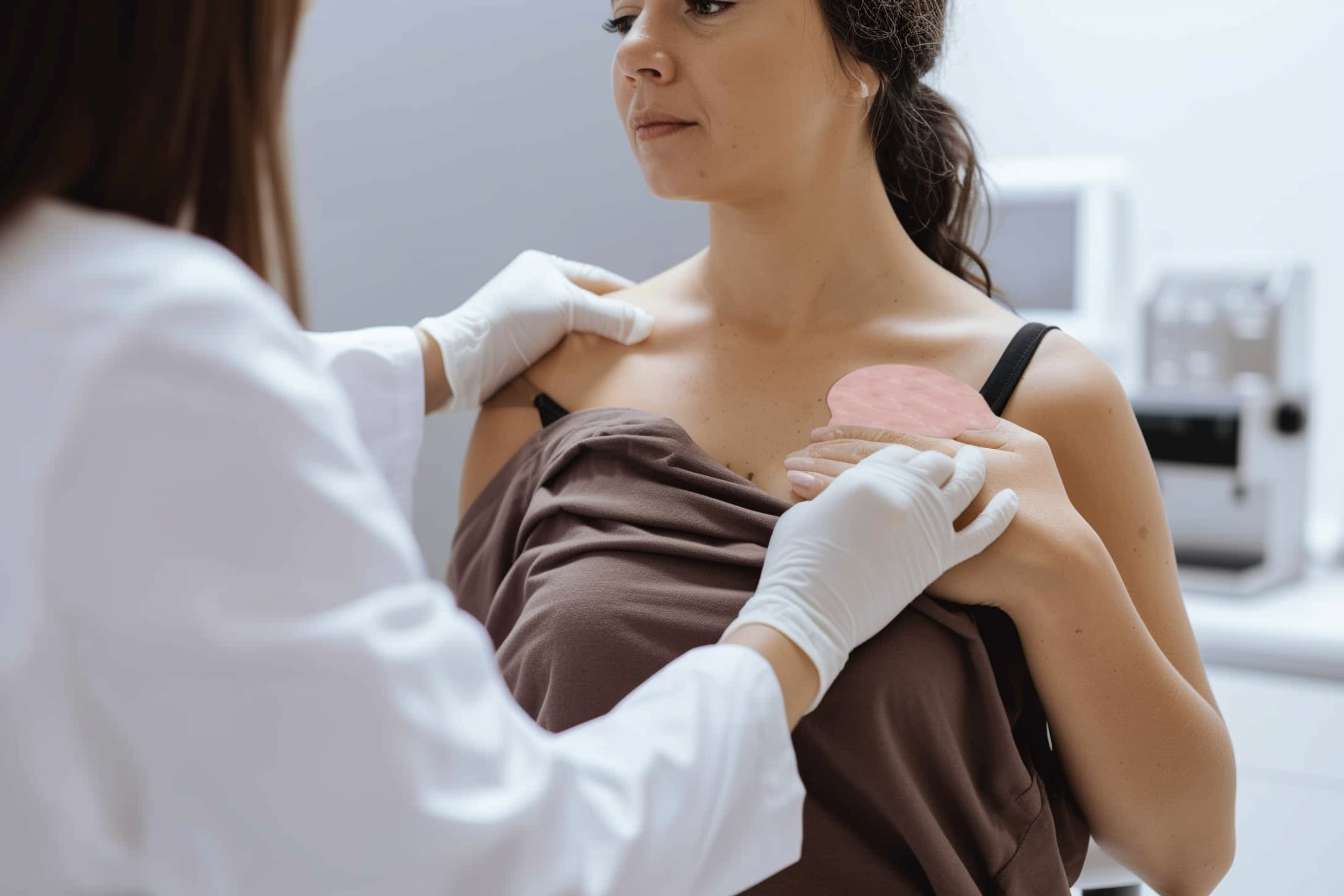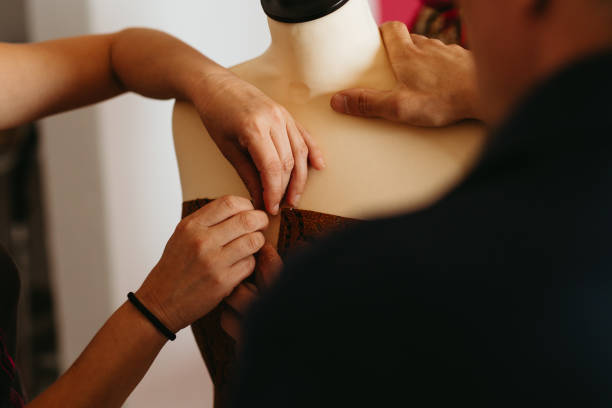Understanding Hair Transplant Costs in Ireland in 2025
Did you know that hair transplants in Ireland typically cost between EUR 2,000 and EUR 12,000 depending on the number of grafts and techniques used? Discover practical insights to help you plan your budget effectively and decide whether local specialized care or international options suit you best.

What are the typical price ranges for hair transplants in Ireland?
Hair transplant procedures in Ireland typically range from €3,000 to €15,000, depending on several key variables. The primary factor affecting pricing is the number of grafts required - with each graft containing 1-4 hair follicles. For smaller procedures addressing limited baldness (around 500-1,000 grafts), patients might expect to pay €3,000-€5,000. Medium-sized procedures (1,500-2,500 grafts) generally cost between €5,000 and €8,000, while extensive procedures requiring 3,000+ grafts can exceed €10,000.
In 2025, most Irish clinics offer either Follicular Unit Extraction (FUE) or Direct Hair Implantation (DHI) techniques, with the latter typically commanding a premium of 15-30% over FUE procedures. Clinics in Dublin and other major cities generally charge more than those in smaller towns, reflecting higher operational costs and greater demand in urban centers.
What factors affect hair transplant costs in Ireland?
Multiple variables influence the final price of hair transplantation in Ireland. The primary cost determinant is the technique employed. FUE, where individual follicles are extracted and implanted, typically costs more than the older Follicular Unit Transplantation (FUT) method but leaves less visible scarring. The newer robotic-assisted procedures using ARTAS or similar systems command premium prices, often 20-40% higher than manual FUE procedures.
The surgeon’s experience and reputation significantly impact pricing. Highly sought-after specialists with extensive portfolios and consistent results generally charge more for their expertise. Additionally, the clinic’s facilities, technology investments, post-operative care packages, and location all contribute to the final cost structure. Most Irish clinics include consultation fees, the procedure itself, post-operative medications, and follow-up appointments in their pricing packages, though it’s always advisable to confirm exactly what’s included.
Another important factor is the severity and pattern of hair loss. Advanced stages requiring more grafts naturally result in higher costs, as surgeons need more time and resources to complete these procedures.
How do hair transplant costs in Ireland compare to other countries?
When comparing international hair transplant pricing, Ireland positions itself in the mid-to-high range globally. Irish clinics generally charge more than those in Turkey, Poland, or Hungary – popular medical tourism destinations where procedures might cost 40-60% less than Irish prices. However, Irish clinics typically charge less than those in the UK, where similar procedures might cost 10-20% more, or the United States, where prices can be 30-50% higher.
Many Irish residents consider traveling abroad for more affordable procedures, particularly to Turkey where packages including accommodation and transfers might cost €2,000-€4,000 total. However, these savings come with considerations regarding continuity of care, potential communication barriers, varying regulatory standards, and complications that might arise after returning home.
Irish clinics emphasize their advantages: stringent EU medical standards, elimination of language barriers, easier access for follow-up care, and the ability to meet surgeons in person before committing to procedures. These factors lead many patients to conclude that the premium charged by domestic clinics represents good value despite higher initial costs.
Who is eligible for hair transplants in Ireland?
Eligibility for hair transplantation depends on several factors that surgeons assess during consultations. Ideal candidates are typically individuals aged 25 or older with established hair loss patterns, as younger patients may experience unpredictable future hair loss that complicates planning. Sufficient donor hair density, particularly in the back and sides of the scalp, is essential since these follicles must be redistributed to thinning areas.
Health considerations also affect eligibility. Individuals with certain scalp conditions, autoimmune disorders, or blood clotting issues may not qualify for the procedure. Similarly, those with unrealistic expectations about outcomes may be advised to reconsider. Most Irish clinics require comprehensive pre-operative assessments to determine candidacy and create appropriate treatment plans.
Women experiencing female pattern baldness may be eligible depending on their specific hair loss patterns, though they typically represent a smaller percentage of transplant patients. Clinics increasingly offer specialized consultations for female candidates to address their particular needs and determine suitable approaches.
What non-surgical hair restoration options are available in Ireland?
For those who don’t qualify for transplantation or prefer non-surgical approaches, Ireland offers numerous alternatives. Prescription medications like Finasteride (for men) and Minoxidil (for both genders) are widely available through Irish healthcare providers. These medications can slow hair loss progression and sometimes stimulate regrowth when used consistently.
Platelet-Rich Plasma (PRP) therapy has gained popularity in Ireland, costing €300-€600 per session. This treatment involves injecting concentrated platelets from the patient’s blood into the scalp to stimulate follicle health and function. Most providers recommend 3-4 initial treatments followed by maintenance sessions.
Low-level laser therapy devices, available from €300 for caps to €2,000 for professional-grade helmets, represent another non-invasive option. These devices emit specific wavelengths that may energize hair follicles and improve circulation to the scalp.
Irish clinics also offer topical treatments beyond standard minoxidil, including products containing nanoxidil, stemoxydine, and various botanical extracts. These typically range from €30-€200 for monthly supplies. Cosmetic concealers and micropigementation (scalp tattooing) provide immediate visual improvements without affecting hair growth, with micropigmentation services starting around €1,500 in Irish clinics.
Hair Transplant Cost Comparison at Leading Irish Clinics
| Clinic Name | Location | FUE Cost (2000 grafts) | DHI Cost (2000 grafts) | Consultation Fee |
|---|---|---|---|---|
| Hair Restoration Ireland | Dublin | €7,000-€8,500 | €8,500-€10,000 | €150 (redeemable) |
| Advanced Hair Studio | Dublin | €6,800-€8,200 | €8,500-€9,800 | €100 (redeemable) |
| HRBR Clinic | Blackrock | €8,500-€10,000 | €10,500-€12,000 | €200 |
| Hair Transplant Cork | Cork | €6,500-€7,800 | €8,000-€9,000 | €125 (redeemable) |
| Galway Hair Clinic | Galway | €6,200-€7,500 | €7,800-€9,200 | Free |
Prices, rates, or cost estimates mentioned in this article are based on the latest available information but may change over time. Independent research is advised before making financial decisions.
Conclusion
Hair transplant costs in Ireland in 2025 reflect the procedure’s technical complexity, required expertise, and clinic-specific factors. While prices remain substantial, ranging from €3,000 to €15,000 depending on requirements, they represent a long-term investment for those seeking permanent hair restoration solutions. Prospective patients should consider not only the initial price but also the practitioner’s experience, technique offered, and comprehensive care package. With proper research and realistic expectations, individuals can make informed decisions about whether hair transplantation in Ireland aligns with their needs and budget or if alternative options might better serve their goals.
This article is for informational purposes only and should not be considered medical advice. Please consult a qualified healthcare professional for personalized guidance and treatment.




